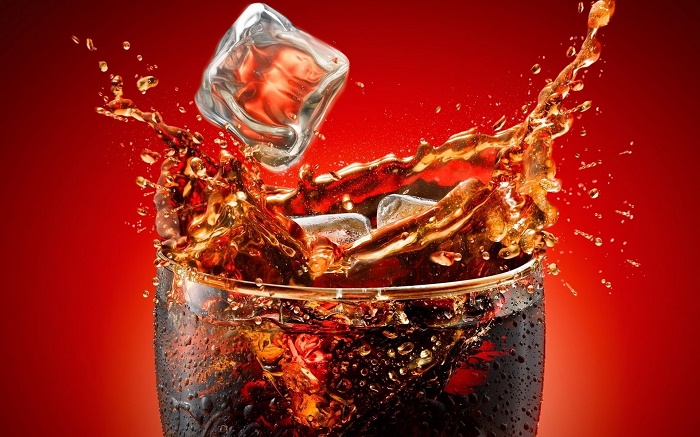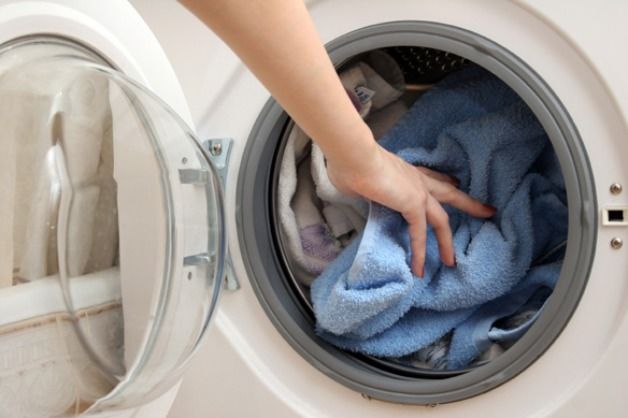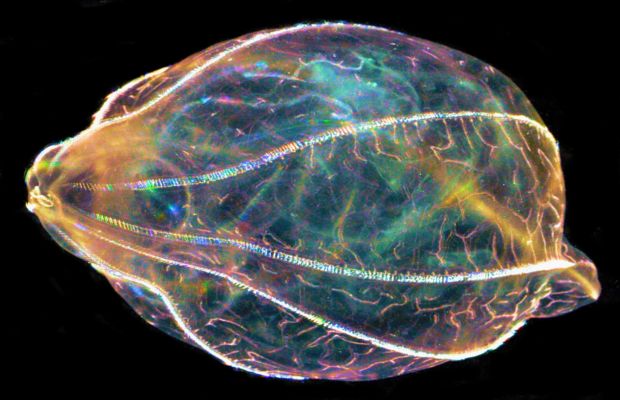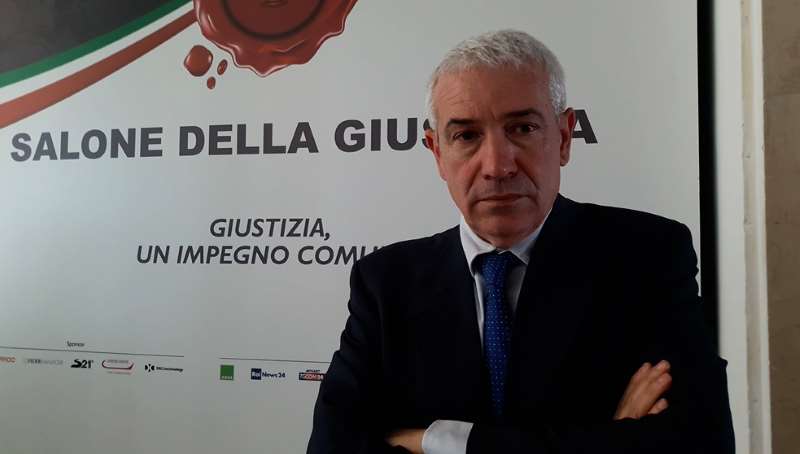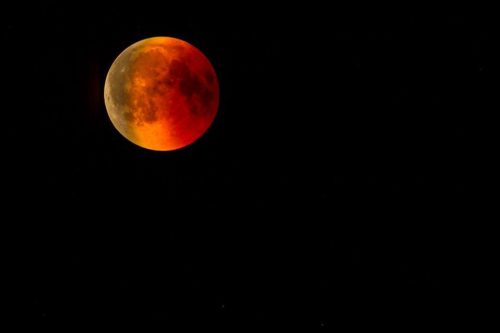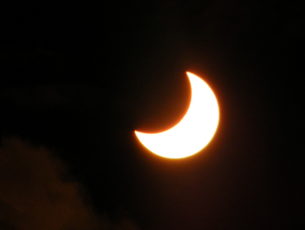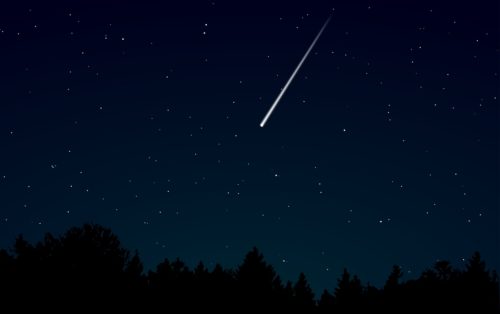.jpg)
When salt islands form in the lake, lesser flamingos take the opportunity to nest – but it is a risky business, as this calcified bird (top) illustrates. The animals are all arranged in poses by the photographer. Above, on the right we have a sea eagle and on the left a dove, in what is surely the most horrific depiction of the "bird of peace" since Picasso’s Guernica.
Nel 2011, quando il fotografo Nick Brandt stava viaggiando in Africa orientale, ha visitato alcuni dei laghi più alcalini in tutto il mondo. Il lago Natron in Tanzania, per esempio, ha un livello di pH medio tra 9 e 11 (l’acqua di mare generalmente ha un pH tra 7 e 9), salvo che non sei un tilapia alcalina (Alcolapia alcalica) un pesce estremofilo che si è adattato alle condizioni difficili, non è il posto migliore per vivere. La temperatura del lago può raggiungere i 60° C, e la sua alcalinità è tra pH 9 e pH 10.5.
Il lago prende il nome dal natron, un composto naturale costituito principalmente da carbonato di sodio e bicarbonato di sodio. Il pH 10.5 sulla scala delle sostanze caustiche è appena di sotto all’ammoniaca, questo rende il lago molto corrosivo, e contribuisce alla “trappola mortale” di tanti uccelli e mammiferi che entrano in acqua. Il contenuto minerale può arrivare così in alto da rendere l’acqua molto densa. Gli animali confusi dalla superficie vitrea del lago finiscono in acqua e rimangono intrappolati, lentamente calcificano perché l’acqua è così “pesante” che non permette loro di sfuggire.
.jpg)
«Abbiamo perlustrato le rive del lago raccogliendo una varietà di uccelli tra cui hornbills, fenicotteri, storni, colombe, gruccioni, uccelli topo e quelea che erano stati mummificati dai sali presenti nell’acqua. I piccoli invertebrati, pesci e pipistrelli rimasti immobili, erano affascinanti nella loro posa di morte».
Nick Brandt, ha aggiunto:
«Ho preso le creature esattamente come li ho trovati sulle rive del lago, poi per così dire li ho collocati in pose viventi, riportandoli alla vita. Non ho potuto fare a meno di fotografarli, nessuno sa per certo come muoiono, sembra che l’estremo riflesso della superficie del lago li confonde, nel caso degli uccelli vanno a schiantarsi sull’acqua come contro le vetrate, storditi, restano intrappolati nel lago». [fonte]
.jpg)
.jpg)
Deadly lake turns animals into statues
Unless you are an alkaline tilapia (Alcolapia alcalica) – an extremophile fish adapted to the harsh conditions – it is not the best place to live. Temperatures in the lake can reach 60 °C, and its alkalinity is between pH 9 and pH 10.5.
The lake takes its name from natron, a naturally occurring compound made mainly of sodium carbonate, with a bit of baking soda (sodium bicarbonate) thrown in. Here, this has come from volcanic ash, accumulated from the Great Rift valley. Animals that become immersed in the water die and are calcified.
When salt islands form in the lake, lesser flamingos take the opportunity to nest – but it is a risky business, as this calcified bird (top) illustrates. The animals are all arranged in poses by the photographer. Above, on the right we have a sea eagle and on the left a dove, in what is surely the most horrific depiction of the "bird of peace" since Picasso’s Guernica.
.jpg)
.jpg)
.jpg)
.jpg)




